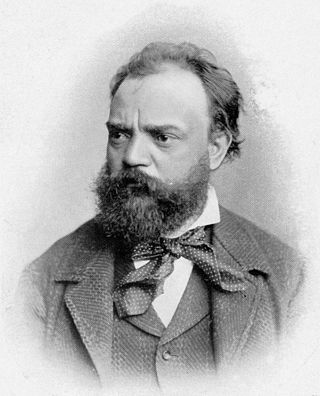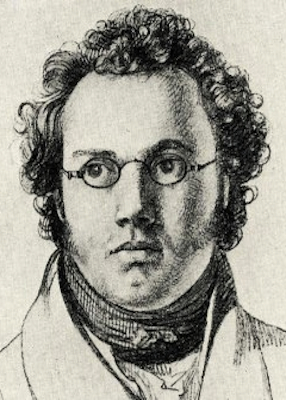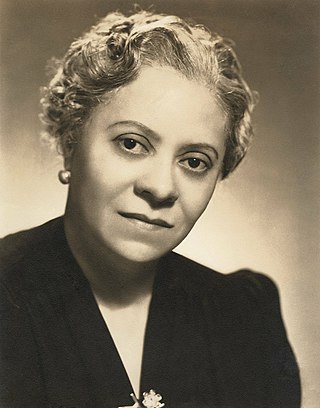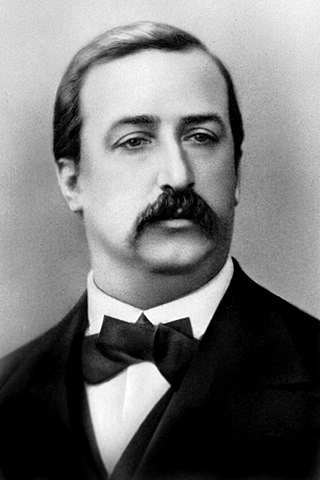
The Symphony No. 9 in E minor, "From the New World", Op. 95, B. 178, also known as the New World Symphony, was composed by Antonín Dvořák in 1893 while he was the director of the National Conservatory of Music of America from 1892 to 1895. It premiered in New York City on 16 December 1893. It is one of the most popular of all symphonies. In older literature and recordings, this symphony was – as for its first publication – numbered as Symphony No. 5. Astronaut Neil Armstrong took a tape recording including the New World Symphony along during the Apollo 11 mission, the first Moon landing, in 1969. The symphony was completed in the building that now houses the Bily Clocks Museum in Spillville, Iowa.

Antonín Dvořák composed his Symphony No. 6 in D major, Op. 60, B. 112, in 1880. It was premiered on 25 March 1881. It was originally published as Symphony No. 1 and is dedicated to Hans Richter, who was the conductor of the Vienna Philharmonic Orchestra. With a performance time of approximately 40 minutes, the four-movement piece was one of the first of Dvořák’s large symphonic works to draw international attention. In it, he manages to capture some of the Czech national style within a standard Germanic classical-romantic form.
Concerto in F is a composition by George Gershwin for solo piano and orchestra which is closer in form to a traditional concerto than his earlier jazz-influenced Rhapsody in Blue. It was written in 1925 on a commission from the conductor and director Walter Damrosch. A full performance lasts around half an hour.

The Symphony No. 8 in G major, Op. 88, B. 163, is a symphony by Antonín Dvořák, composed in 1889 at Vysoká u Příbramě, Bohemia, on the occasion of his election to the Bohemian Academy of Science, Literature and Arts. Dvořák conducted the premiere in Prague on 2 February 1890. In contrast to other symphonies of both the composer and the period, the music is cheerful and optimistic. It was originally published as Symphony No. 4.

Franz Schubert's Symphony No. 5 in B♭ major, D. 485, was written mainly in September 1816 and completed on 3 October 1816. It was finished six months after the completion of his previous symphony.

Florence Beatrice Price was an American classical composer, pianist, organist and music teacher. Born in Little Rock, Arkansas, Price was educated at the New England Conservatory of Music, and was active in Chicago from 1927 until her death in 1953. Price is noted as the first African-American woman to be recognized as a symphonic composer, and the first to have a composition played by a major orchestra. Price composed over 300 works: four symphonies, four concertos, as well as choral works, art songs, chamber music and music for solo instruments. In 2009, a substantial collection of her works and papers was found in her abandoned summer home.
The Cello Concerto in B minor, Op. 104, B. 191, is the last solo concerto by Antonín Dvořák. It was written in 1894 for his friend, the cellist Hanuš Wihan, but was premiered in London on March 19, 1896, by the English cellist Leo Stern.

The String Quartet No. 12 in F major, Op. 96, nicknamed the American Quartet, is the twelfth string quartet composed by Antonín Dvořák. It was written in 1893, during Dvořák's time in the United States. The quartet is one of the most popular in the chamber music repertoire.

The Violin Concerto in A minor, Op. 53, is a violin concerto composed by Antonín Dvořák in 1879. It was premiered in Prague on 14 October 1883.
Charles Ives's Symphony No. 1 in D minor, written between 1898 and 1902, is an example of how Ives synthesized ideas from composers who came before him. Many of his later symphonies relied on Protestant hymns as the main theme. However, this symphony is composed in the late-Romantic European tradition, and is believed to contain many paraphrases from famous European pieces such as Tchaikovsky's Pathétique and Schubert's Unfinished symphonies and especially Dvořák's New World Symphony.

Piano Concerto No. 2 in F major, Op. 102, by Dmitri Shostakovich was composed in 1957 for the 19th birthday of his son Maxim, who premiered the piece on 10 May 1957 during his graduation concert at the Moscow Conservatory. It contains many similar elements to Shostakovich's Concertino for Two Pianos: both works were written to be accessible for developing young pianists. It is an uncharacteristically cheerful piece, for Shostakovich.

The Miraculous Mandarin Op. 19, Sz. 73, is a one act pantomime ballet composed by Béla Bartók between 1918 and 1924, and based on the 1916 story by Melchior Lengyel. Premiered on 27 November 1926 conducted by Eugen Szenkar at the Cologne Opera, Germany, it caused a scandal and was subsequently banned on moral grounds. Although more successful at its Prague premiere, it was generally performed during the rest of Bartók's life in the form of a concert suite, which preserves about two-thirds of the original pantomime's music.

Afro-American Symphony, also known as Symphony No. 1"Afro-American" and Symphony No. 1 in A-flat major, is a 1930 composition by William Grant Still, the first symphony written by an African American and performed for a United States audience by a leading orchestra. It was premiered in 1931 by the Rochester Philharmonic Orchestra and later published in 1935. It is a symphonic piece for full orchestra, including celeste, harp, and tenor banjo. It combines a fairly traditional symphonic form with blues progressions and rhythms that were characteristic of popular African-American music at the time. This combination expressed Still's integration of black culture into the classical forms. Still used quotes from four poems by early 20th-century African-American poet Paul Laurence Dunbar as epigraphs for each symphonic movement. The symphony is about twenty-four minutes long.

The Symphony No. 4 in D minor, Op. 13, B. 41, is a classical composition by Antonín Dvořák.

The Symphony No. 3 in E♭ major, Op. 10, B. 34, is a classical composition by Antonín Dvořák.

Symphony No. 2 in B minor by Alexander Borodin was composed intermittently between 1869 and 1876. It consists of four movements and is considered the most important large-scale work completed by the composer himself. It has many melodic resemblances to both Prince Igor and Mlada, two theatre works that diverted Borodin's attention on and off during the six years of composition.
Gaelic Symphony or Symphony in E minor, Op. 32 was written by Amy Marcy Cheney Beach in 1894; it was the first symphony composed and published by a female American composer. The piece debuted in Boston on Friday, October 30, 1896 to "public and journalistic acclaim." Beach drew inspiration for the large orchestral work from simple old English, Irish, and Scottish melodies; thus, she subtitled the work 'Gaelic.'
The Romance in F minor, Op. 11, (B. 39) is a single-movement work for violin and orchestra by Antonín Dvořák, published in 1879.

The Symphony No. 3 in C minor is a symphony for orchestra composed by Florence Price in 1938. The work was commissioned by the Works Progress Administration's Federal Music Project during the height of the Great Depression. It was first performed at the Detroit Institute of Arts on November 6, 1940, by the Detroit Civic Orchestra under the conductor Valter Poole. The composition is Price's third symphony, following her Symphony in E minor—the first symphony by a black woman to be performed by a major American orchestra—and her lost Symphony No. 2.

The Symphony No. 4 in D minor is an orchestral symphony by the American composer Florence Price. Composed in 1945, the work was never performed during Price's life and was presumed lost until it was discovered among a stash of manuscripts in her former summer home outside of St. Anne, Illinois, in 2009. These manuscripts, along with journals, books, and other documents that were discovered, are now preserved at the University of Arkansas. The symphony was given a belated world premiere by the Fort Smith Symphony under the direction of John Jeter in Fort Smith, Arkansas, on May 12, 2018.















